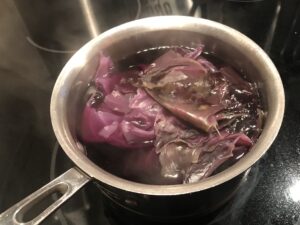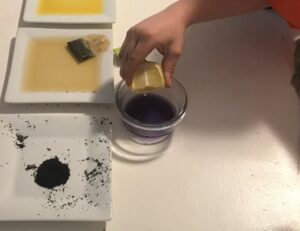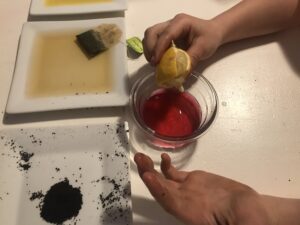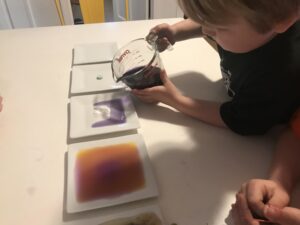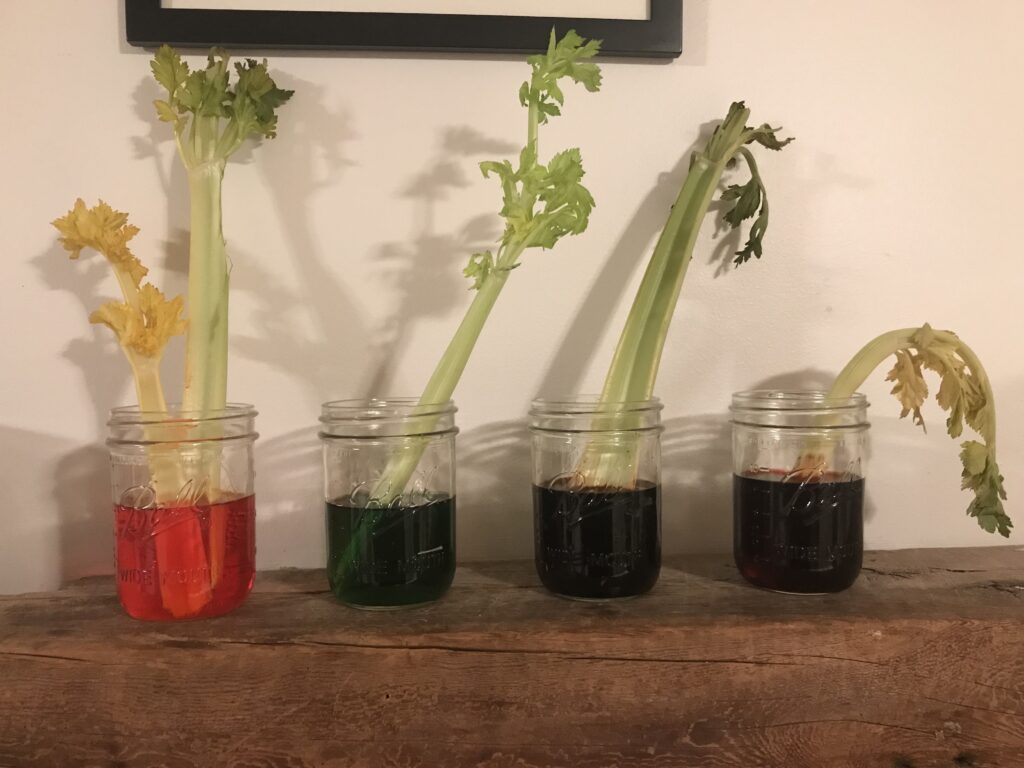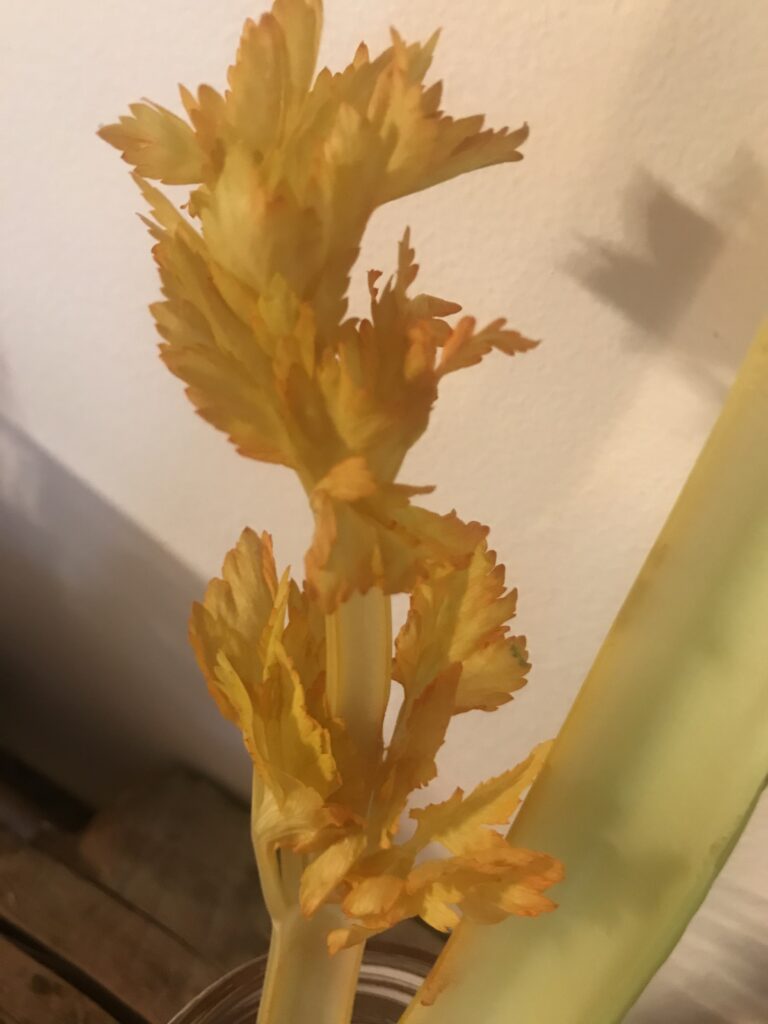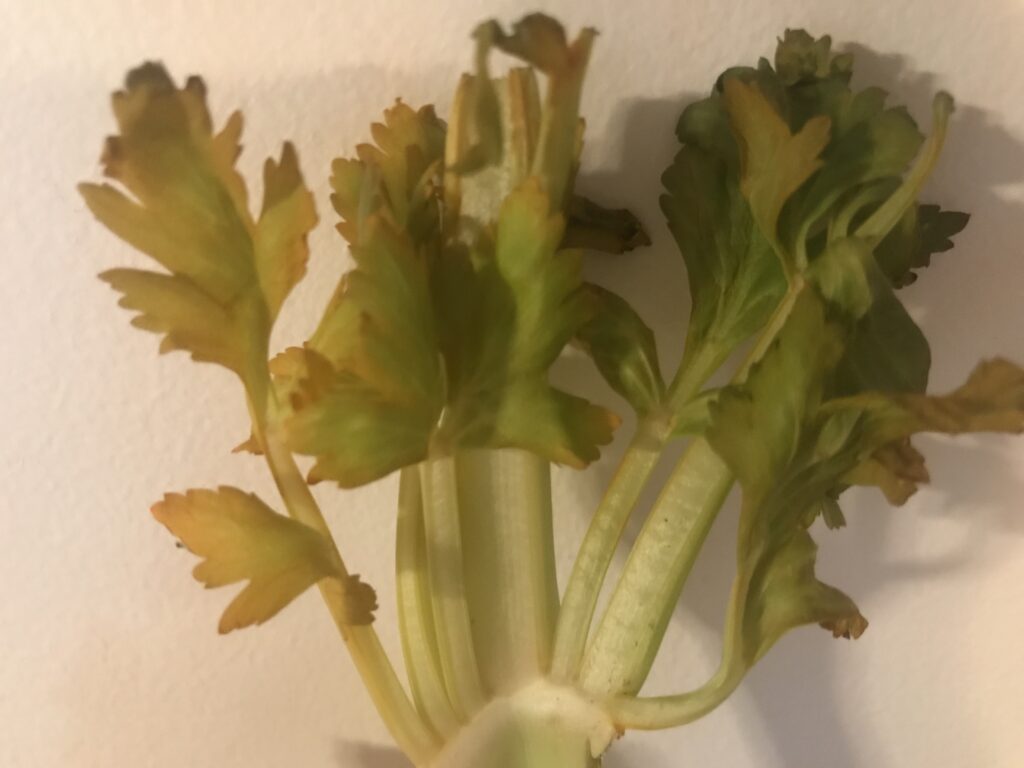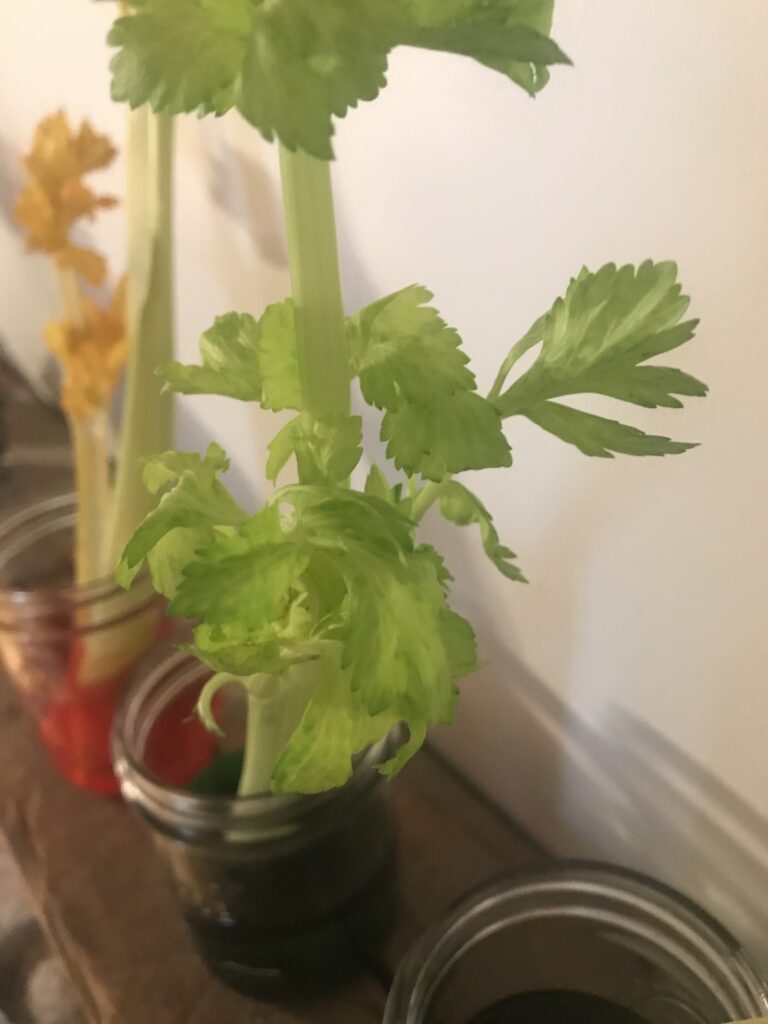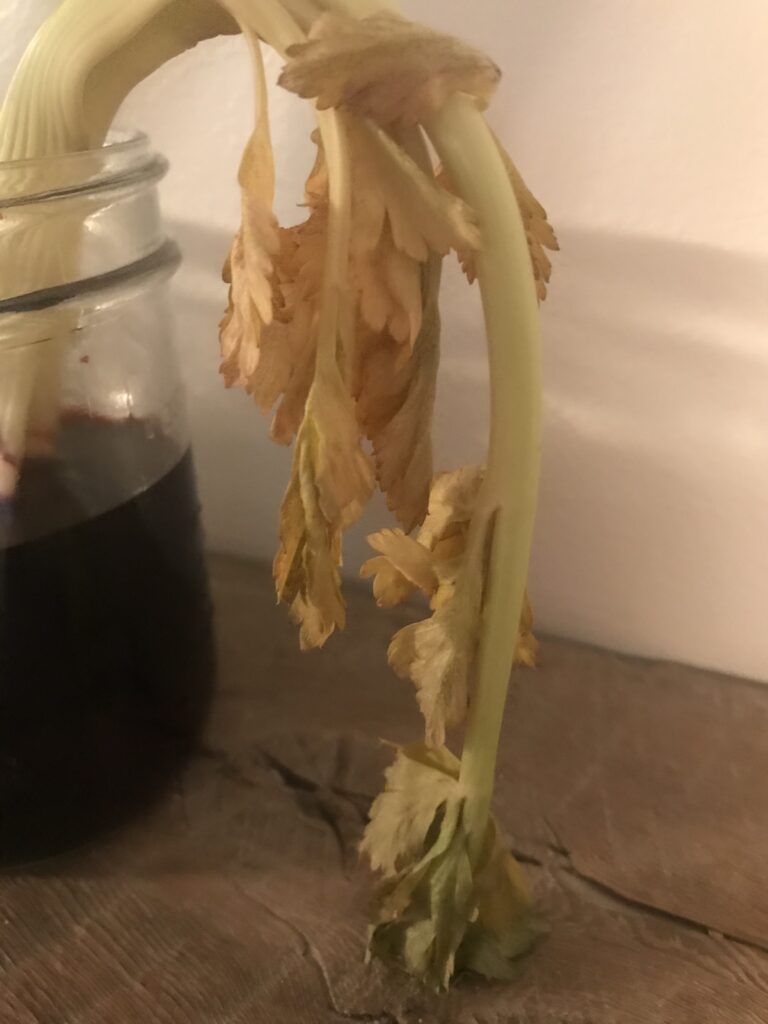Opening in 2020!
We believe in hands-on
learning!
HOMESCHOOL TIPS & IDEAS
Before you look below, please know that most of our days are FAR from Pintrest worthy, our house is rarely fully clean, and once in a while when our kids (or myself) are just having a bad day we call it in. My point is that yes, we do have some amazing days (and the more you do this the more "good" days you have), but our normal days are likely similar to yours so please, please, please do not look at these pictures and compare anything. I am only posting this to offer fun ideas for families and things that, if you have questions I can help, or maybe even have an ingredient you can borrow...happy to leave at our door so no contact. Please feel free to reach out if you have any questions or just need some support! kori@actonkennebunkport.org
Need a homeschool win? 5 simple, fun experiments (see below)
1 idea that gives YOU 30 mins of silence
2 simple ideas to improve household
List of games kids love (& educational)
Tips and list of great books
SCIENCE EXPERIMENTS
1. Testing Acids & Bases
Red Cabbage Indicator
INGREDIENTS:
1 Red Cabbage (few leaves)*
1 Lemon
Plus any Items you have in your house, we used:
Coffee Grounds
Tea
Orange Juice
Baking Soda
Tums (antacid)
Vinegar
*I just bought cabbage for a salad and won't need the whole head, let me know if you need some leaves, I'll save some for anyone interested.
*I also have some litmus strips if anyone is interested, not cool like the cabbage indicator, but we did use both just to try.
pH VALUE: What scientists use to measure the acidity of a substance. Lemons = 2.3 (acid), strawberries = 3.2 (acid), baking soda = 8.3 (base)
NEUTRAL: pH value of 7.0.
ACID: In food, materials that taste sour like lemon. If strong enough of an acid they can burn your skin. pH value of less than 7.0.
BASE: In food, materials that taste bitter, like ground coffee. If strong enough, these can also be dangerous. pH value of more than 7.0.
2. Transpiration Experiment
Celery Coloring Experiment
INGREDIENTS:
Celery Stalks with leaves (or flowers, like a carnation)
Food Coloring*
*I have food coloring if you need some, just let me know.
DIRECTIONS:
Fill a few jars with about 1 cup of water. Put a few drops of food coloring in each jar. We over-food colored some and you can see what happened.
Place a stalk of celery in each cup. Observe what happens after 24 hours.
3. Changing Matter
What is MATTER?
Matter is anything that has weight and takes up space. There are three forms of matter: solid, liquid, and gas.
Three basic experiments below.
Basic Volcano
INGREDIENTS:
Vinegar
Baking Soda
Food Coloring (optional)
Dish Soap (optional)
Some sort of container, we used simple mason jars
DIRECTIONS:
Once you have whatever containers you want to house your volcano, pour about 1/2 cup of vinegar into the container. Add a few drops of food coloring if you want. You may want to place this on a tray for less mess.
Dissolve approximately 2 tablespoons of baking soda into a cup of water (about 1/4 cup).
Pour the baking soda mixture into your vinegar mixture and watch what happens.
Try it again adding some dish soap to your mixture and see what happens.
*Measurements do NOT have to be exact.
WHAT HAPPENED?
Vinegar is a liquid acid. Baking soda is a solid base. When you mix an acid and a base they create a chemical reaction.
This reaction creates carbon dioxide, the fizz. This is the same as in carbonated water or soda.
Blow Up A Balloon
INGREDIENTS:
2-liter plastic bottles*, empty
Balloons, large
Vinegar
Baking Soda
*I only had one bottle at the time, but better if you have 1 for each child so they can each do on their own.
DIRECTIONS:
Pour vinegar into each plastic bottle until it is about 1/6 full.
Using a funnel, pour baking soda into each balloon until it is about half full.
Carefully put the balloon onto the neck of the bottle (being careful not to spill the baking soda into the bottle). Make sure the balloon is securely attached.
Lift the rest of the balloon so that the baking soda falls into the bottle. Watch what happens.
*Measurements do NOT have to be exact.
WHAT HAPPENED?
Vinegar is a liquid acid. Baking soda is a solid base. When you mix an acid and a base they create a chemical reaction.
This reaction creates carbon dioxide, the fizz. This is the same as in carbonated water or soda.
In addition, it creates a carbon dioxide GAS, which filled the balloon.
Cork Rocket
INGREDIENTS:
2-liter plastic bottle, empty
Cork that fits tightly into bottle*
Vinegar
Baking Soda
*You can tack ribbon or just 2 thin pieces of paper on the top of the cork as wings if you want, just to be fun.
DIRECTIONS:
This should be done outside in an open area.
Pour vinegar into plastic bottle until it is about 1/4 full.
QUICKLY pour baking soda into the bottle, you can use a funnel if you want but you have to be quick, my kids just poured from the box.
QUICKLY put the cork into the opening of the bottle. Back up and watch what happens!
*Measurements do NOT have to be exact.
WHAT HAPPENED?
Vinegar is a liquid acid. Baking soda is a solid base. When you mix an acid and a base they create a chemical reaction.
This reaction creates carbon dioxide, the fizz. This is the same as in carbonated water or soda.
In addition, it creates a carbon dioxide GAS, which filled the bottle. When there was too much pressure, it caused the cork to explode off.
Just For Fun - Popsicle Stick Snake
INGREDIENTS:
Jumbo Popsicle Sticks
6 Cups (plastic or paper)*
*You can see in the video the cans were a bit too heavy, so try paper or plastic cups.
DIRECTIONS:
Video Tutorial
"When we make education an experience instead of a checklist, it can be the difference between a lifeless and living education."
- Ainsley Arment, founder of Wild+Free
More Ideas...
1 idea that gives YOU 30 mins of silence
2 simple ideas to improve household
List of games kids love (& educational)
Tips and list of great books
If you'd like to learn more about our story,
Get a FREE copy of the book Courage To Grow
"Acton Academy is one of the most important education developments in the world. The story behind the ideas, the school, and the movement is a must read."
Tom Van der Ark, CEO of Getting Smart


